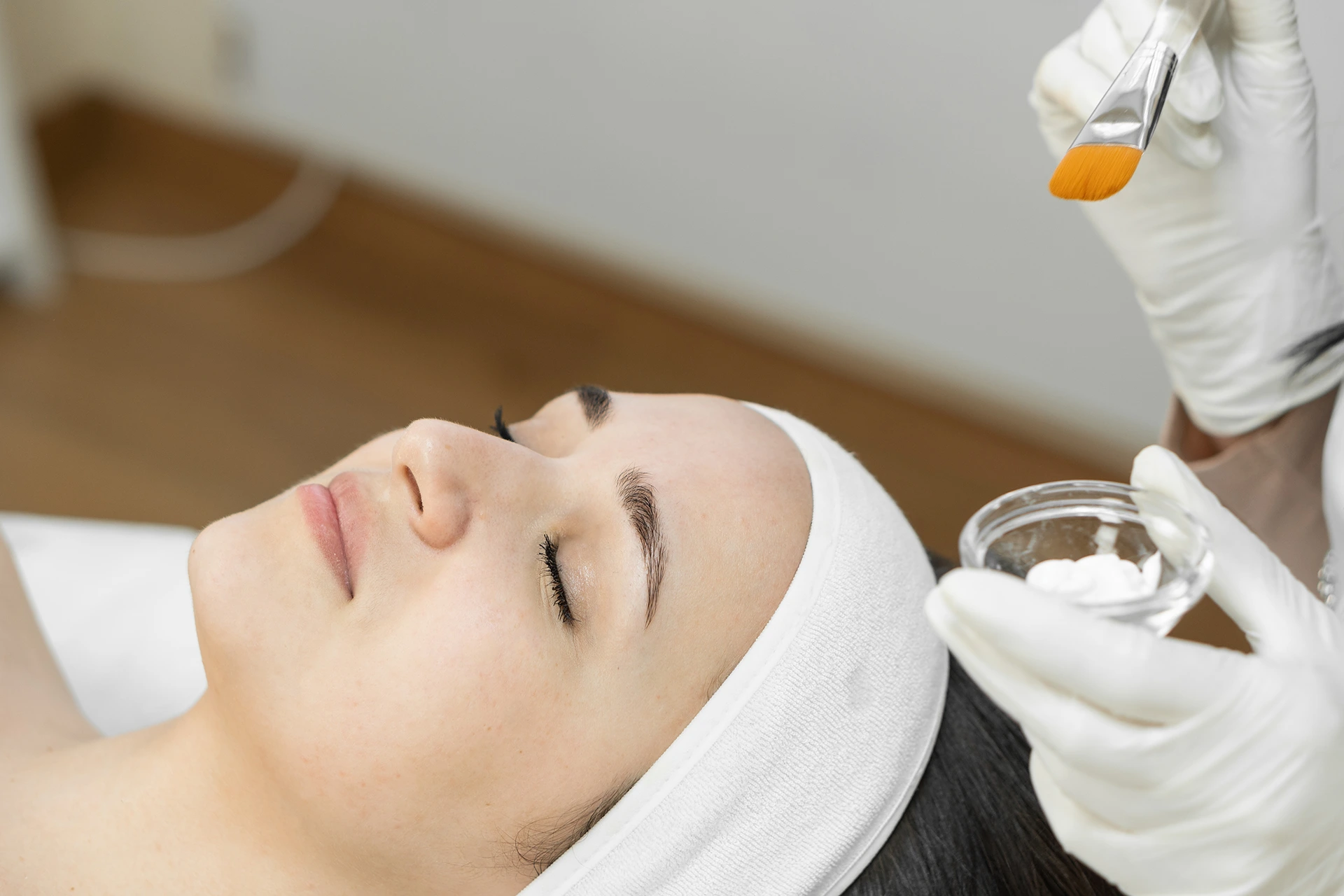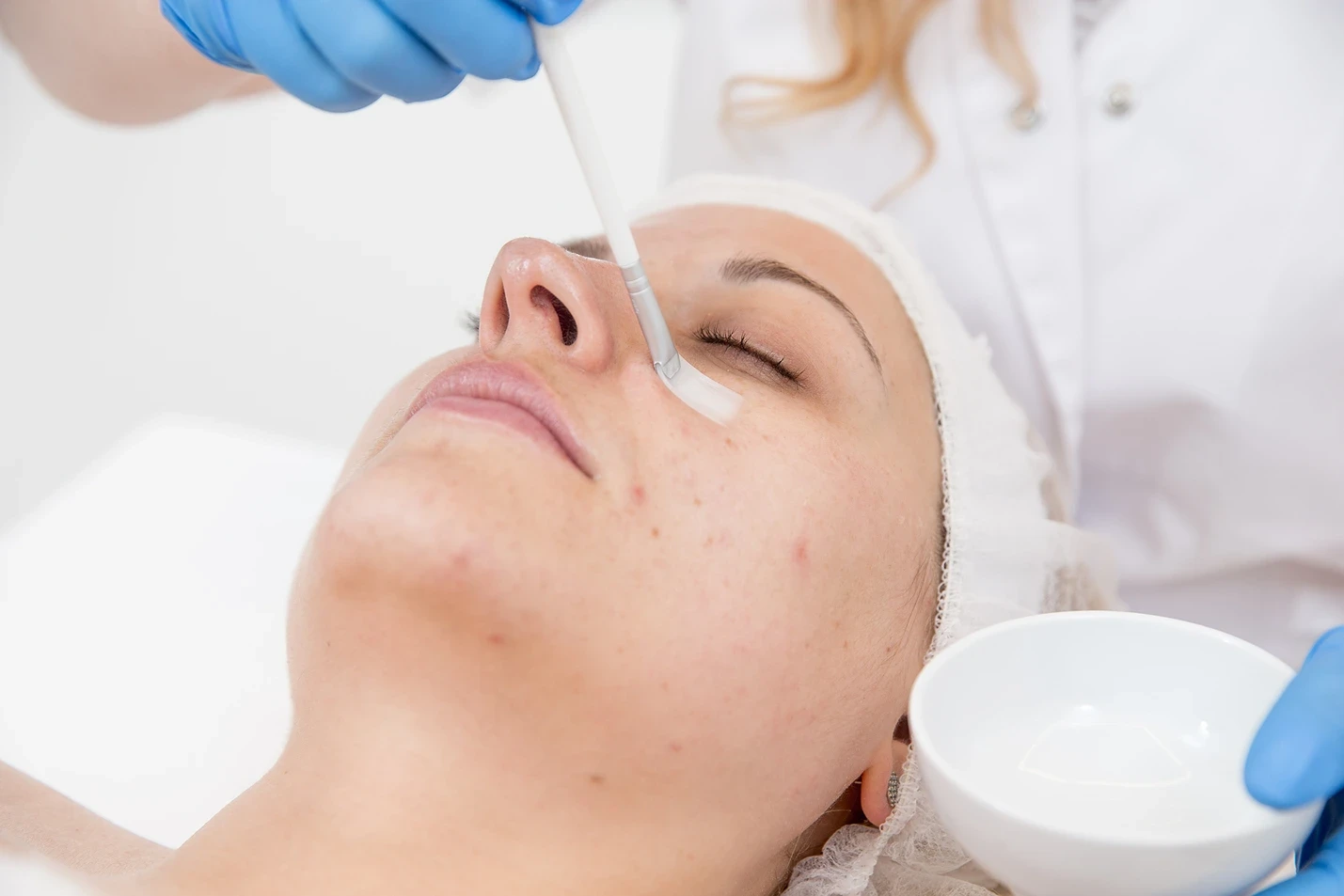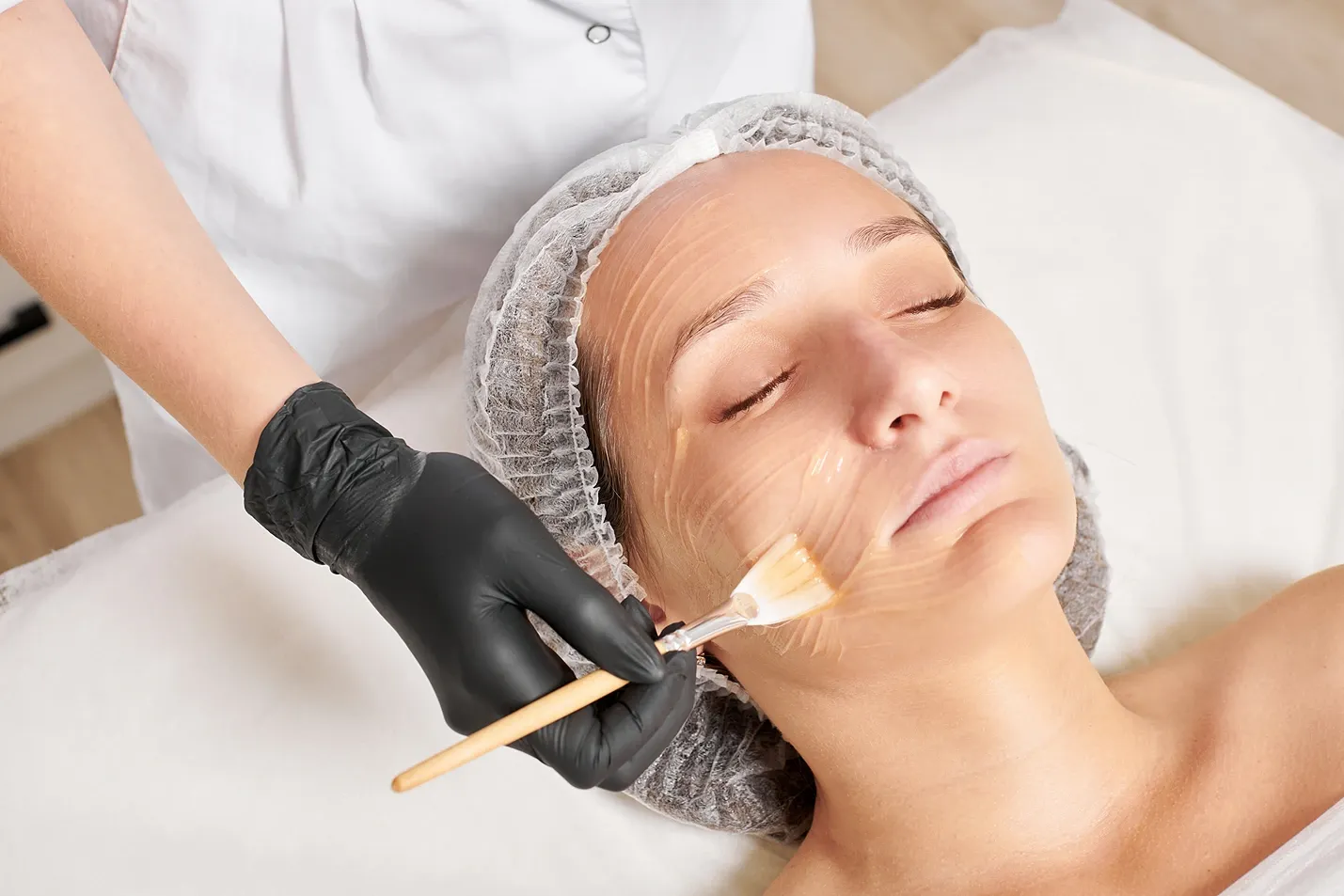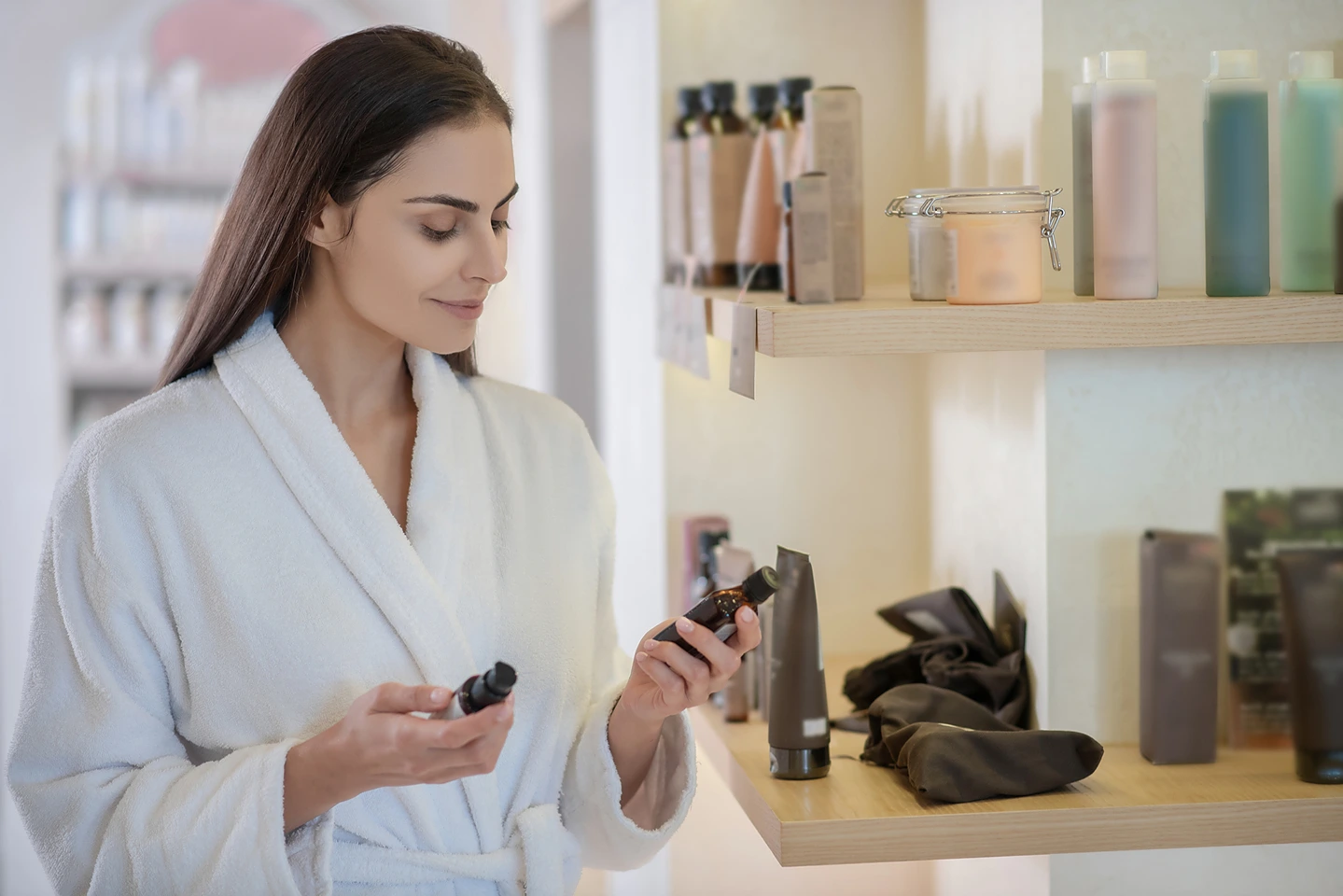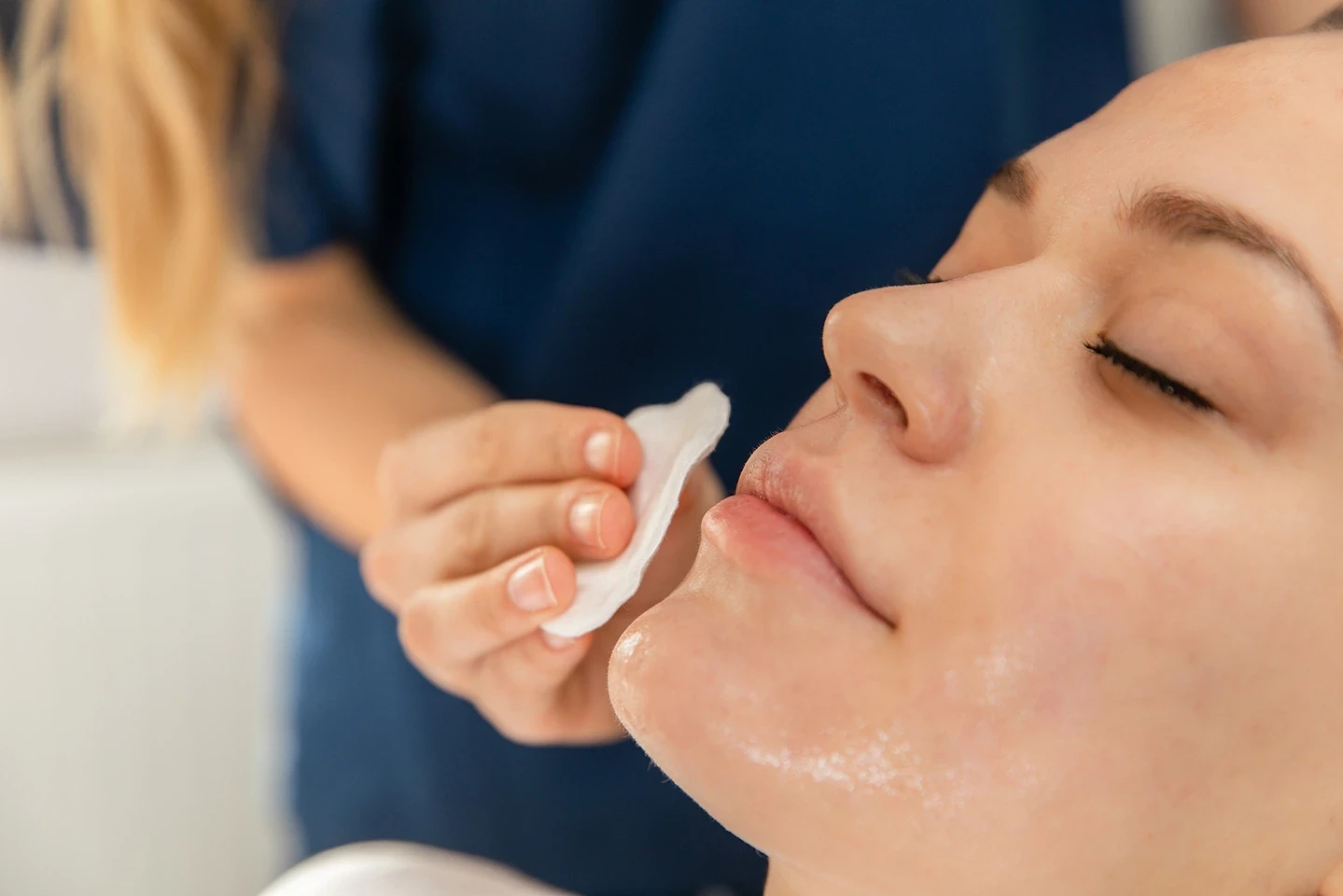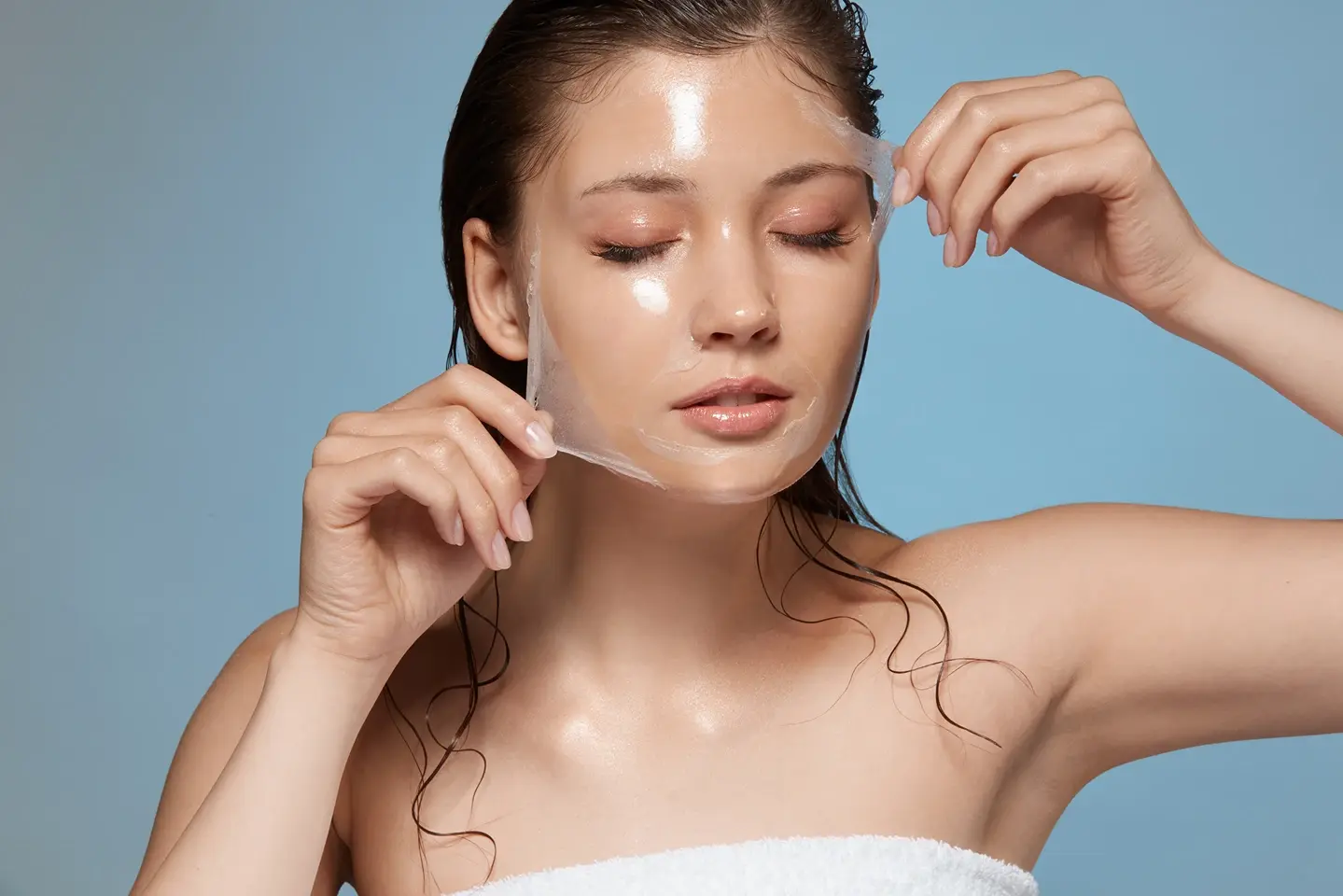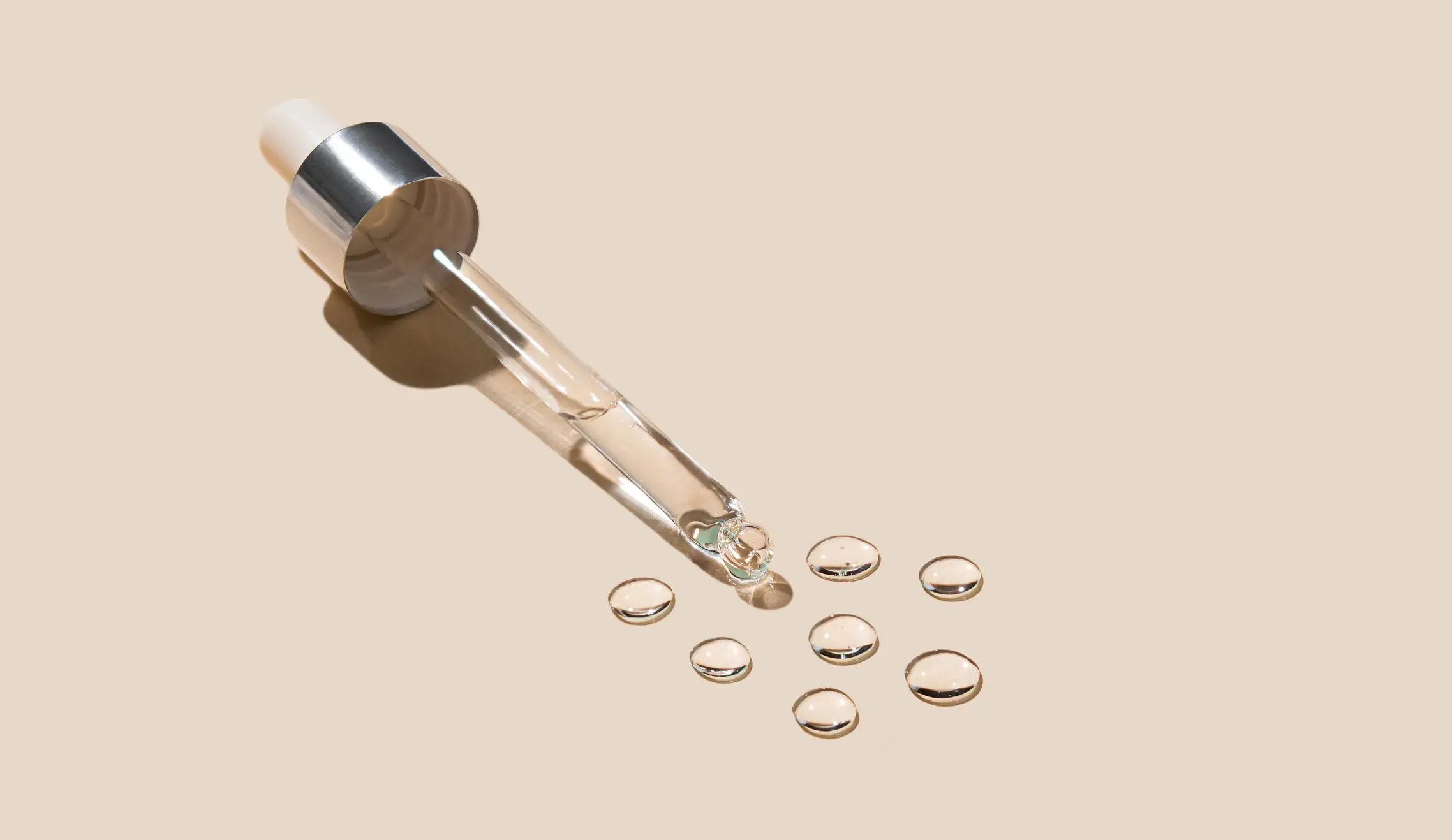Discover how to deal with burn spots after a chemical peel. Learn about the causes and treatments in our comprehensive guide.
Considering a chemical peel? Did you know that there’s a tiny chance of experiencing burn spots afterward?
Understanding the causes, symptoms, and treatment options for burn spots after a chemical peel is essential. This guide provides you with all the necessary information.
From recognizing the causes and symptoms to exploring effective treatments, you’ll be equipped with valuable tips for preventing burn spots and ensuring a successful chemical peel experience.
Whether you’re a first-time candidate or seeking to understand potential side effects, this article will help you navigate the process and ensure the best outcome for your skin.
How Do Chemical Peels Work?
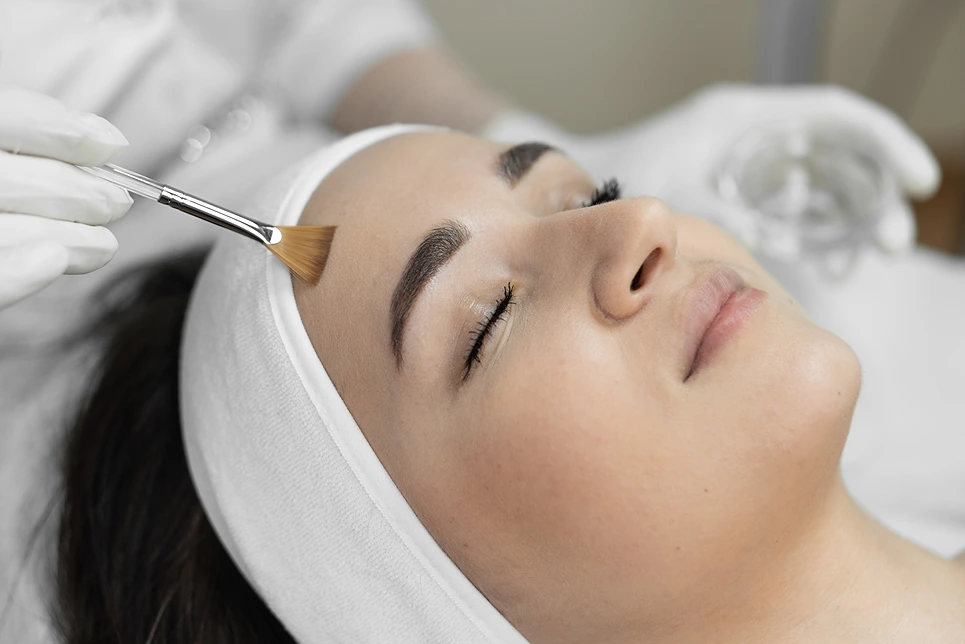
To understand chemical peels, you need to be familiar with the process and potential outcomes.
A TCA chemical peel involves chemical exfoliation for skin resurfacing. It can help improve skin texture and reduce signs of aging.
However, it’s important to be aware of potential side effects such as redness, swelling, and irritation.
Understanding the procedure and its effects will help you make informed decisions about whether a chemical peel is right for you.
Causes of Burn Spots After Chemical Peel Treatment
The primary cause of burn spots after a chemical peel is overexposure to the chemical solution. This can happen due to leaving the peel on for too long, using a solution with a concentration that’s too strong, or having sensitive skin.
Other causes include uneven application, sun exposure, which can worsen conditions like acne scars, sun damage, pigmentation, and post-inflammatory hyperpigmentation.
Identifying Burn Symptoms
Recognize burn symptoms by observing:
- Redness, swelling, and pain in the affected area after a trichloroacetic acid peel or professional treatment.
If you experience excessive discomfort, consult a dermatologist immediately. Additionally, be mindful of:
- Blistering, crusting, or prolonged recovery time.
Prompt identification of burn symptoms allows for timely intervention and reduces the risk of complications.
Immediate Treatment Steps
After experiencing burn spots following a chemical peel, promptly apply a cool compress to the affected area to reduce inflammation and discomfort.
- Seek medical attention if the burn spots are severe.
- Avoid using harsh skincare products on the affected area.
- Keep the area moisturized with a gentle, fragrance-free moisturizer.
- Apply aloe vera gel to soothe and promote healing.
Once healed, use a broad-spectrum sunscreen with SPF 30 or higher daily.
Professional Care for Burn Spots After Chemical Peel
If you experience severe burn spots after a chemical peel, it’s crucial to seek immediate medical attention from a qualified dermatologist.
Professional care is essential for addressing burns effectively. A dermatologist can provide targeted treatments to aid in healing and prevent potential complications such as scarring.
They can offer guidance on preventing future occurrences and provide specialized care for conditions such as melasma and precancerous lesions. Consulting with an experienced aesthetician can also offer valuable insights into TCA chemical peel benefits.
Preventative Measures
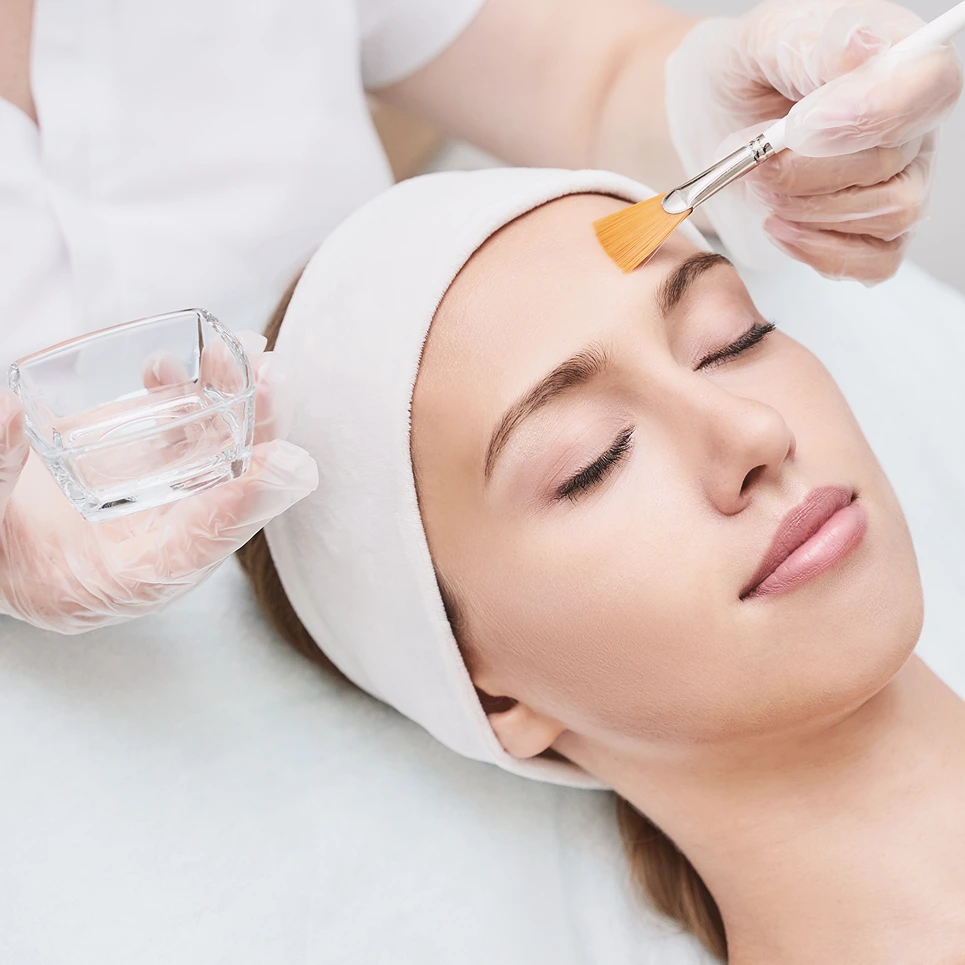
To prevent burn spots after a chemical peel, diligently follow your dermatologist’s post-peel care instructions. Here are some preventative measures to keep in mind:
- Choose a qualified professional for your TCA chemical peel.
- Adhere to your doctor’s pre and post-peel skincare regimen.
- Minimize sun exposure and use SPF 30+ sunscreen daily.
- Avoid picking or scratching at any burn spots.
- Be patient and refrain from using harsh skincare products during the healing process.
Post-Peel Skincare Routine
Following your chemical peel, start your skincare routine with gentle cleansing using a mild cleanser to remove any residue and help your skin recover.
Then, follow up with a post-peel skincare routine using the following products:
| Step | Product | Purpose |
| 1 | Gentle Cleanser | Remove residue |
| 2 | Hydrating Serum | Restore moisture |
| 3 | Broad-spectrum Sunscreen | Protect from UV rays |
This routine can aid in the healing process and prevent complications.
Spot Healing and Recovery for Burn Spots After Chemical Peel
For spot healing and recovery after burn spots from a chemical peel, prioritize gentle skincare and diligent sun protection. Here are some essential tips for effective recovery:
- Use gentle, fragrance-free skincare products
- Apply soothing aloe vera gel to affected areas
- Keep the skin moisturized to prevent dryness and cracking
- Avoid sun exposure and use a broad-spectrum sunscreen daily
- Consult a dermatologist for specialized treatment options
When to See a Doctor
If you experience severe burn spots, such as blistering or open wounds, it’s crucial to seek immediate medical attention from a doctor. These symptoms could indicate a serious chemical burn that requires professional treatment. Delaying medical care may lead to complications and prolonged healing.
Contact a doctor if you suspect a chemical burn after a TCA chemical peel or any beauty treatment for the best TCA chemical peels.
Safe Chemical Peel Practices
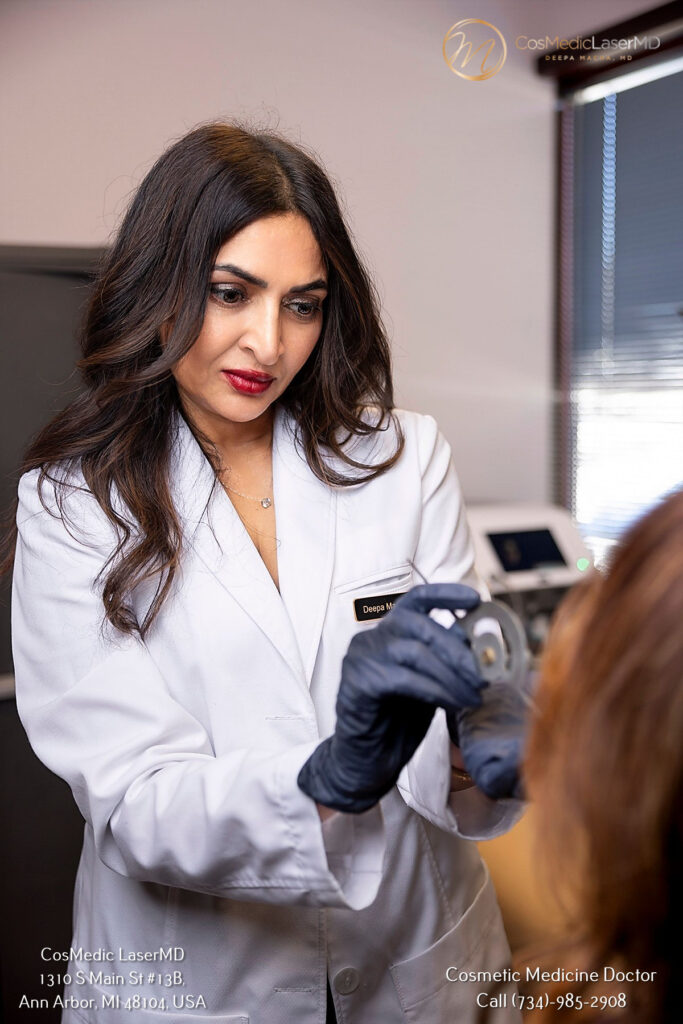
Ensure that a qualified professional, such as a dermatologist or plastic surgeon, performs your chemical peel to guarantee safe and effective treatment.
- Choose a reputable and licensed professional for your TCA chemical peel.
- Follow all pre-peel and post-peel instructions provided by your doctor.
- Stay out of the sun and wear protective clothing after your chemical peel.
- Avoid picking or scratching any burn spots that may appear.
- Be patient and gentle with your skin during the healing process.
Schedule a Consultation with CosMedic LaserMD
Remember to seek professional care if needed and always practice safe peel practices to minimize the risk of burn spots.
With this knowledge, you can confidently navigate the chemical peel process and achieve the best possible outcome for your skin.

